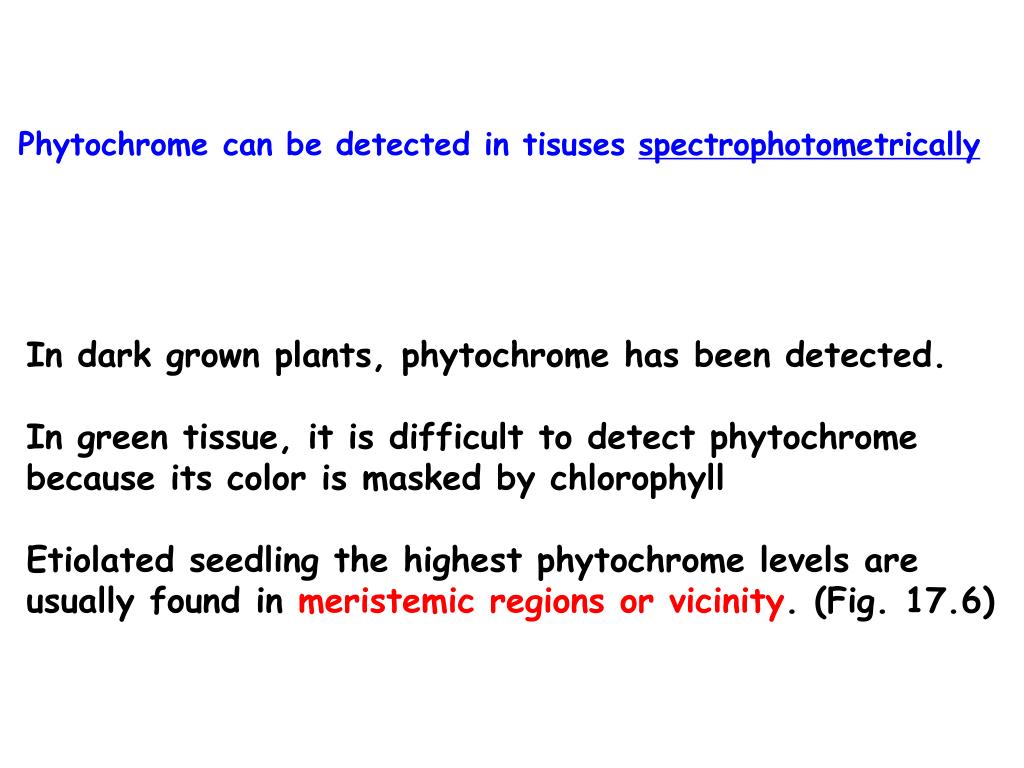
The module is conserved from bacteria to plants and holds a covalently bound bilin chromophore, an open chain tetrapyrrole, which is biliverdin IXα (BV) in bacteria ( Fig. In plant and class I BphPs the PCM consists of three domains called PAS (Per-ARNT-Sim), GAF (cGMP phosphodiesterase/ adenylate cyclase/FhlA), and PHY (phytochrome-specific) ( Fig. The latter module provides enzymatic activity together with a so-called N-terminal extension 19. Phytochromes consist of 2 modules, where the N-terminal photosensory core module (PCM) is attached to a C-terminal effector module 18. Bacteriophytochromes (BphP) have also been successfully used as infrared fluorescent tissue markers in mammals 17. In non-photosynthetic bacteria their role is less understood, but they are involved in various processes such as the regulation of carotenoid pigments, which protect from harmful light exposure 4, in conjugation 13, plant colonization 14, quorum sensing and multicellular fruiting body formation 15, 16. In photosynthetic bacteria, they regulate the synthesis of light-harvesting complexes 8- 12. Homologous proteins exist in bacteria 3, 4, cyanobacteria 5, 6 and fungi 7. With that they are critical to the thriving of all vegetation on earth. Phytochromes are red-light protein photoreceptors, initially discovered in plants 1 where they regulate essential physiological responses such as shade avoidance and etiolation 2. The snapshots show with atomic precision how the signal progresses from the chromophore towards the output domains, explaining how plants, bacteria and fungi sense red light. We observe large structural displacements of the covalently bound bilin chromophore, which trigger a bifurcated signaling pathway.
#PHYTOCHROME FULL NOTES PPT FREE#
Here, we present short-lived crystal structures of the classical phytochrome from myxobacterium Stigmatella aurantiaca captured by an X-ray Free Electron Laser 5 ns and 33ms after light illumination of the Pr state. It is unknown how the Pr-to-Pfr interconversion occurs as the structure of intermediates remain notoriously elusive.

They display a reversible photocycle between the resting (dark) Pr state and the light activated Pfr state, in which light signals are received and transduced as structural change through the entire protein to modulate the activity of the protein. Phytochromes are red/far-red light photoreceptors in bacteria to plants, which elicit a variety of important physiological responses.


 0 kommentar(er)
0 kommentar(er)
